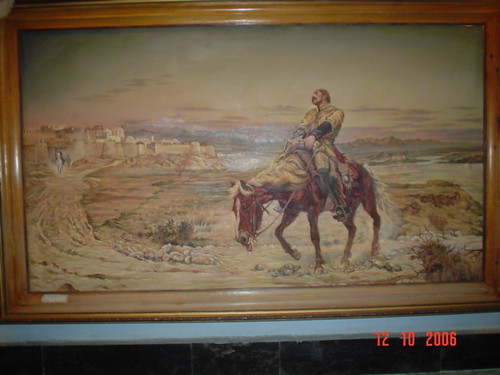Doctor William Brydon was an unknown assistant surgeon with the British East India Company in 1842, when he suddenly became one of the most famous figures of the early Victorian era and the subject of a much-reproduced painting. In January of 1842 a British and Indian force, following a two-month siege in Kabul and the killing of the British representative, began a withdrawal towards the Khyber Pass and Peshawar in British India. On January 6, 1842, some 16,500 British and Indian Sepoy troops, civilians, wives and children, and camp followers left Kabul. On January 13, Dr. Brydon rode, alone, up to the gates of Jalalabad.
The legend notwithstanding, Brydon was not actually the sole survivor of the 16,500, but he was the only European to make it all the way from Kabul to Jalalabad (about 90 miles through snow-covered passes and through hostile tribesmen). Other Indians and friendly Afghans also straggled through, and over 100 British officers, enlisted men, wives and children were taken captive or hostage and later released or exchanged. But the image of Brydon riding alone into Jalalabad, sole remnant of a column of 16,500, burned itself into Victorian memory, aided by a dramatic painting by the Victorian military artist Lady Butler (above), called "Remnant of an Army".
www.theestimate.com/public/100501_dossier.html
Doctor Brydon's Ride: Lady Butler's Remnant of an Army , my photo of the copy in Kabul Art Gallery. The original is in Tate Britain. www.tate.org.uk/servlet/ViewWork?cgroupid=999999962&w...
Thursday, October 26, 2006
The Remnants of an Army
Labels:
Afghanistan,
art,
history,
holiday,
war
Subscribe to:
Post Comments (Atom)


No comments:
Post a Comment